Destination Running: 5 Must Do Races In Namibia
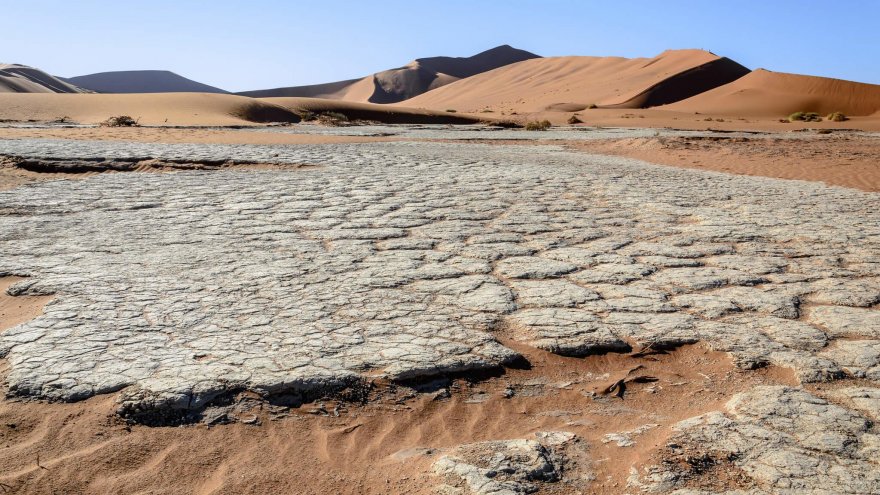
Whether you run to travel or travel to run, Namibia should be on your bucket list as the ultimate runcation destination.
Namibia, southwestern Africa, has a population of just over 2.3 million people living in a country half the size of Alaska. That amounts to about 3 persons per square kilometer. With all this wide open space available, who wouldn’t love to run!
The Namib Desert, one of the oldest deserts in the world, spans the west coast of the country, and the Kalahari semi-desert shared with Botswana to the east while the north-eastern part of the country is subtropical. Winters are usually mild and without snow with a short rainy season between January and April.
Nedbank City Run
The Nedbank City Run takes place in Windhoek, the picturesque capital of Namibia, during July (mid-winter in southern Africa). The run had its inception in 2012 and offers a full marathon distance, a half-marathon, a 10km and a 5km respectively. The field is relative small compared to other major city runs with about 900 competitors in total spread across the four events. In 2016 the organizers included a kiddies run, so this is truly an event for the whole family.
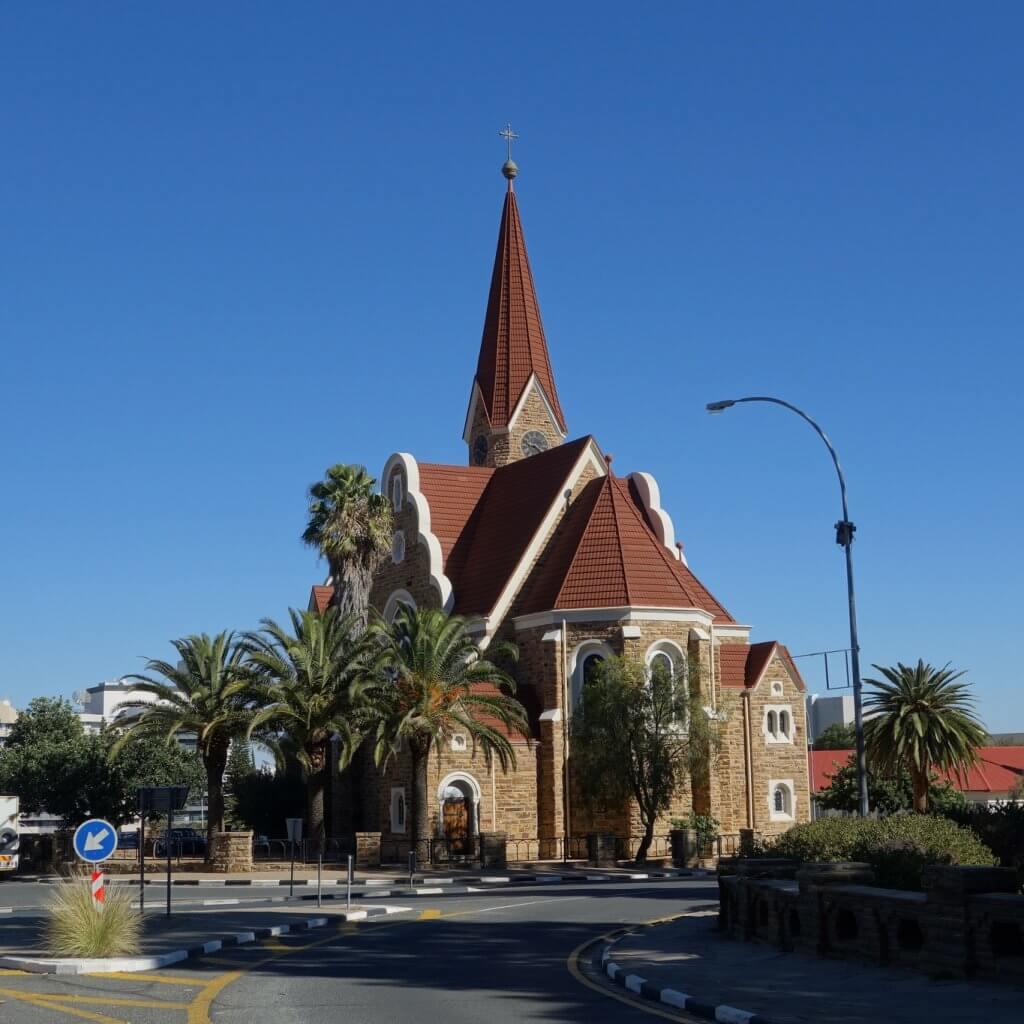
Windhoek is very hilly and the route is really tough in this sense, but the scenery is breathtaking (in more ways than one). The marathon route comprises of two 21.1km loops, mostly on tarmac. It passes some of the city’s most iconic historical features, so you will want to grab a few photos during some (much needed) walk breaks on those hills.
Four Deserts Sahara (Namibia)
The 4 Deserts Sahara (Namibia) race is part of the multistage race series presented by the crew of Racing the Planet. This ultra trail used to take place in Egypt (hence the name), but was moved to Namibia as of 2016 due to political issues up north. Other races in the series include The Atacama Crossing (Chile), The Gobi March (China) and The Last Desert (Antarctica).
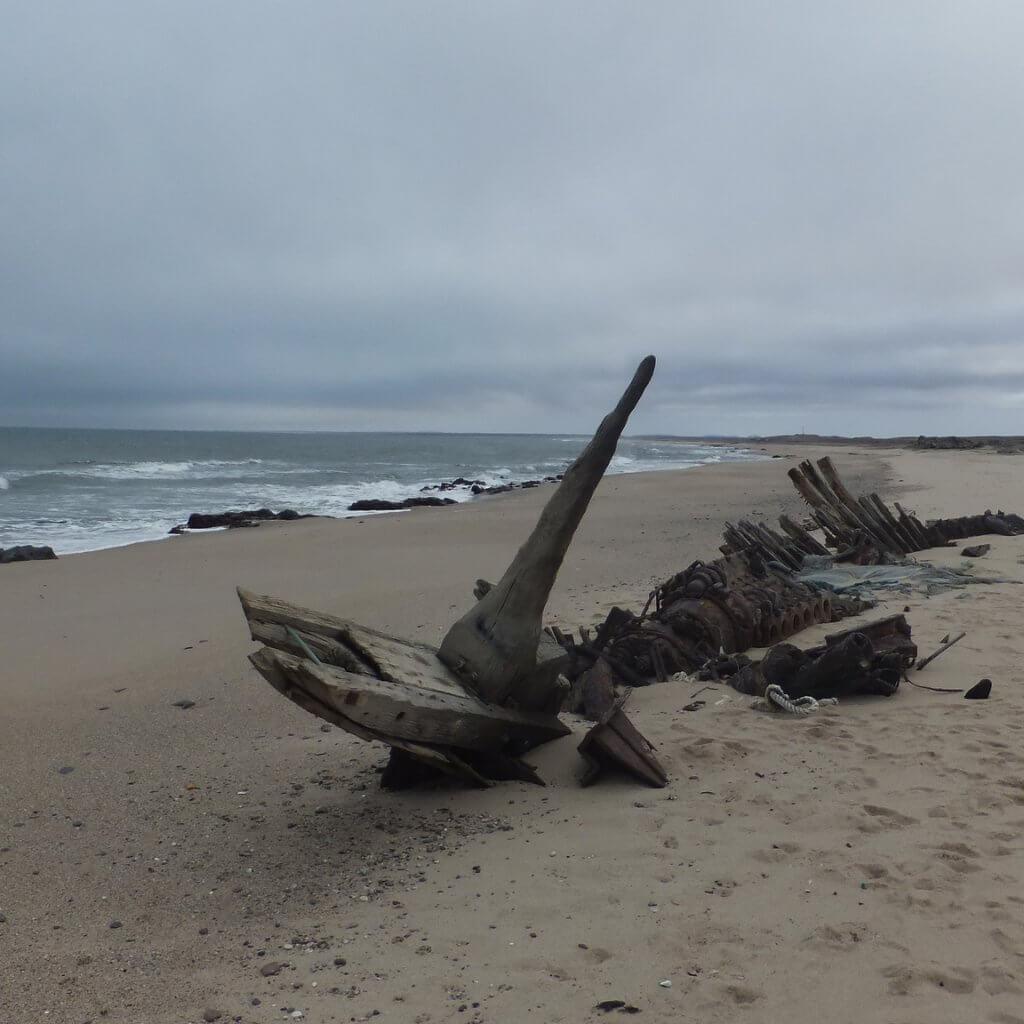
The course covers gravel and sandy terrains and takes place in a section of the Skeleton Coast National Park that is off-limits to general tourists. The race comprises an approximate 37km stage on day one of the week, a full marathon distance for days two, three and four, an approximate 80 km on day five and a final 10km stage on day 7. Day six is a rest day. Athletes are fully self-supported with all gear and food for the entire race carried from day one. Only water and a shared tent is provided at the various overnight stops.
The Rock
Spitzkoppe The Rock half-marathon and 10k has been a very popular race in Namibia since it started in 2008. The route follows jeep tracks around the iconic Grosse Spitzkoppe granite formation and varies from rocky to very sandy terrain.
Once again, the scenery on this one is something to experience. The race starts just before dawn since the desert can get very hot early on, even in September which is springtime there. The changing colors of the sun rising over the granite rock formations definitely calls for photostops.
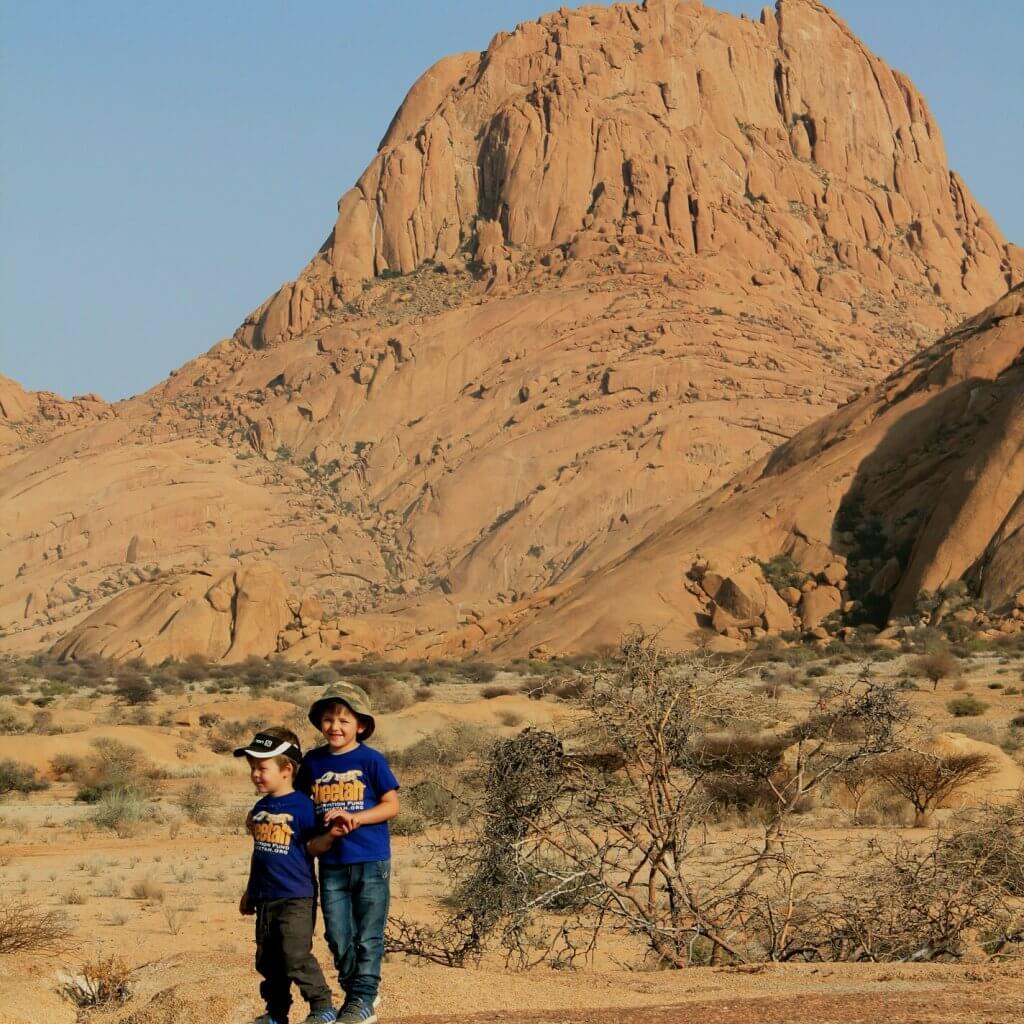
The locals make a short holiday of The Rock weekend. They fill and share campsites around Spitzkoppe and enjoy long, easy evenings around campfires. This is one of those must-do’s for runners wanting to experience nature and the Namibian running culture at its best.
Fish River Ultra
The Fish River Ultra Marathon is a 100km ultra that follows the route of the very popular hiking trail in the Fish River Canyon, southern Namibia. In 2013, a lite version, a 65km, was also introduced.
The canyon is the second largest in the world only after the Grand Canyon in Colorado. The race kicks off with a very treacherous descent from the plateau into the canyon, from where the rest of the trail to the finish at Ais-Ais follows the river contours.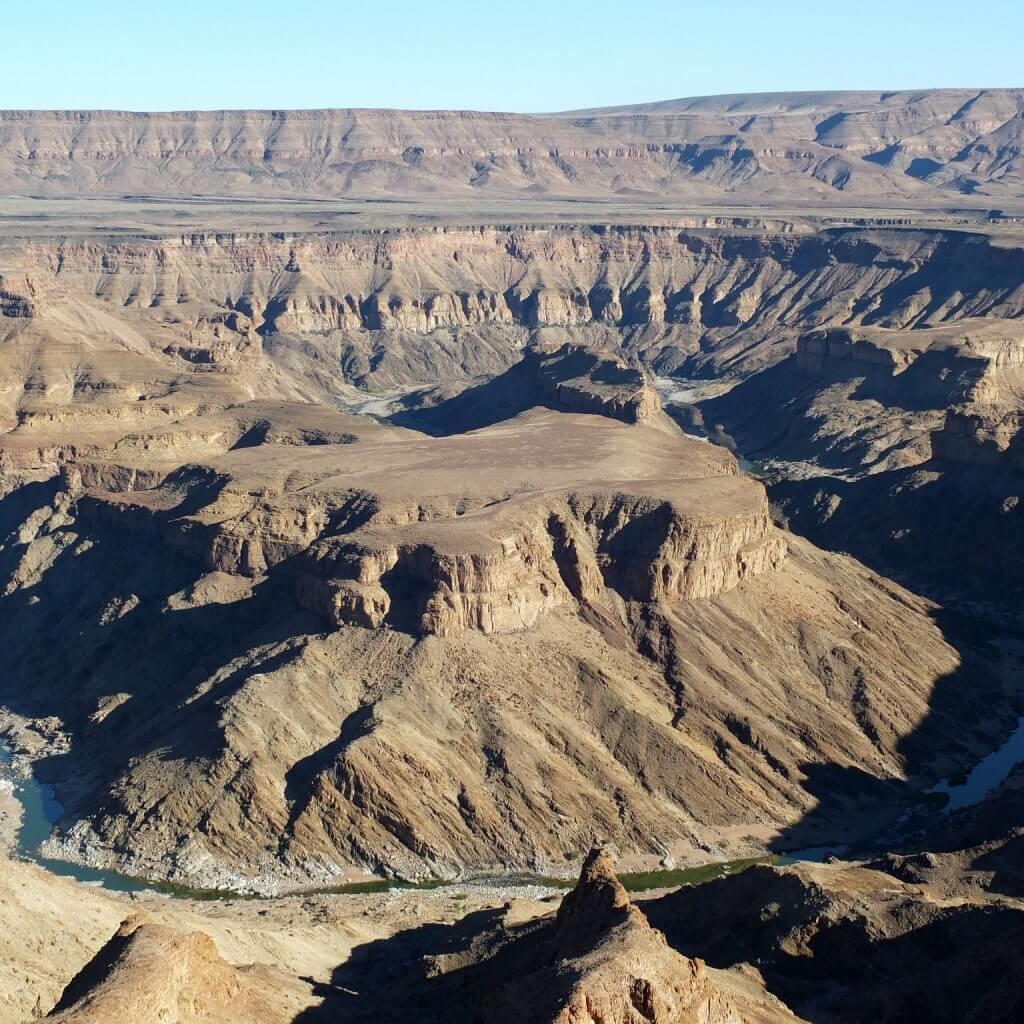
The race is entirely self supported, although water can be sourced directly from the river. The course is technical and includes a fair amount of boulder-hopping, river crossings, gravel plains and sandy river banks.
In 2012 Ryan Sandes, the accomplished Salomon sponsored trail guru from South Africa, established a record time of 6 hours and 57 minutes on the route. This is no small feat, considering the terrain and the high daytime temperatures even during winter (the route is closed during summer).
Lucky Star
The Lucky Star road race, one of the oldest races in the country, started in the 90’s and includes a 42.2km, 21.1km and 10km option. This popular race takes place on the Namibian west coast annually in October. The route follows the road between the German-influenced town of Swakopmund and the harbour town of Walvis Bay. Conditions are mostly cool and foggy, so pretty easy running weather most allround although it may get windy at times.
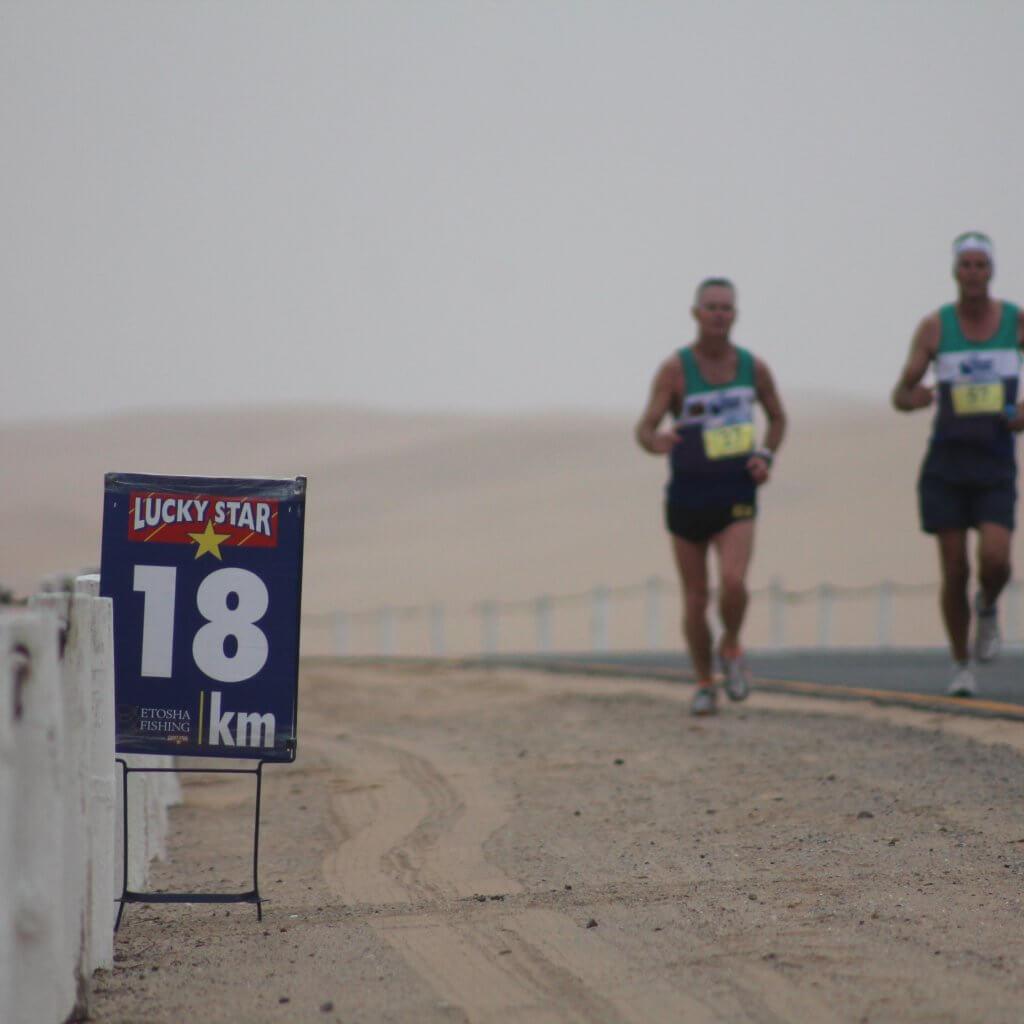
Like with most other foot races in Namibia, the setting and scenery is the biggest drawcard. Expect to run on easy tar roads straddled by Namib Desert dunes to the left and shipwreck-strewn Atlantic coast to the right. This one is a very flat course, so definitely one for a PB attempt.
Most local marathons and shorter distances are not capped and can be entered a day or two in advance. As is mostly the case worldwide, Namibian ultra-marathons are by pre-entry only and runners should be sure they know the rules and requirements in advance before boarding the plane for the running trip of a lifetime.
Latest Articles
 Is Running on a Treadmill Easier Than Running Outside?Runners have their own preferences, whether it is treadmill running, running outside on the road, or exploring trails. So...
Is Running on a Treadmill Easier Than Running Outside?Runners have their own preferences, whether it is treadmill running, running outside on the road, or exploring trails. So... Is It OK to Use Trail Running Shoes on the Road?While trail running shoes can be used on roads, especially in situations where a runner encounters mixed terrains or pref...
Is It OK to Use Trail Running Shoes on the Road?While trail running shoes can be used on roads, especially in situations where a runner encounters mixed terrains or pref... How to Fix Sore Quads After Running?Rest, ice, gentle stretching, and over-the-counter pain relievers can help soothe sore quads after running. Also, ensure ...
How to Fix Sore Quads After Running?Rest, ice, gentle stretching, and over-the-counter pain relievers can help soothe sore quads after running. Also, ensure ... 10 Fruits With The Most Electrolytes to Replace Sports DrinksThese fruits are high in electrolytes such as potassium, magnesium, and calcium, essential for hydration, muscle function...
10 Fruits With The Most Electrolytes to Replace Sports DrinksThese fruits are high in electrolytes such as potassium, magnesium, and calcium, essential for hydration, muscle function...

